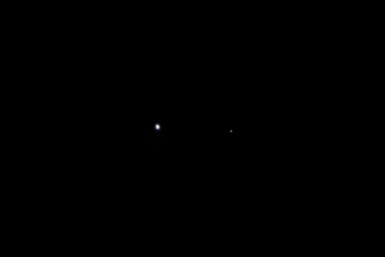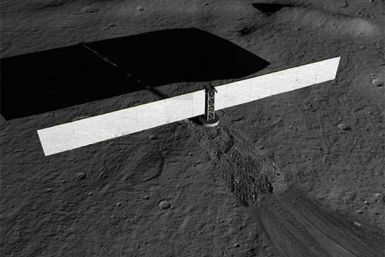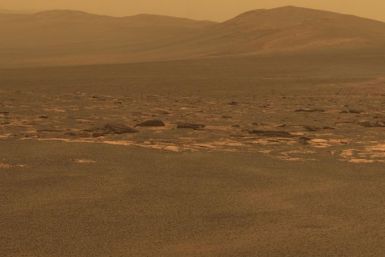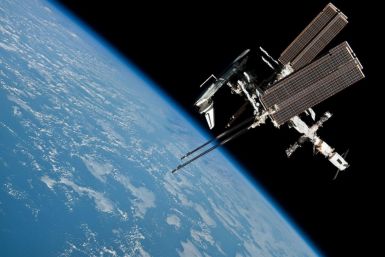NASA's Juno spacecraft took a photo of the Earth from six million miles away.
Creating a simulation, which approximates the formation of the Milky Way using a powerful supercomputer, was no cakewalk for the researchers at the University of California, Santa Cruz and the Institute for Theoretical Physics in Zurich. After nine months of effort, at the Swiss National Supercomputing Centre in Manno, Switzerland, the first simulation of the formation of the spiral galaxy Milky Way was created by the researchers, who claim it would have taken 570 years to build the simulation o...
Astronomers have revealed startling facts about how widely separated solar reactions are linked, with one eruption somehow triggering the other.
A Global Exploration Roadmap that will introduce a 25-year scenario for visits beyond Earth orbit is being drawn up by Nasa and their counterparts around the world. The destination?
The cause for last week's Soyuz rocket failure that crashed Russia's Progress 44 supply ship heading to the International Space Station has been identified, said Russian news reports.
Pre-packaged food rations may not be adequate to sustain the first manned mission to mars, scientists claim. Experts believe that kitchen Vegetable gardens will give the crew a healthier diet and produce more oxygen onboard.
A malfunctioning gas generator in the Soyuz carrier rocket's third stage engine has been identified by members of the emergency commission as the reason a supply ship didn't make it to the International Space Station, Federal Space Agency (Roscosmos) spokesman Alexei Kuznetsov told the Itar-Tass on Monday.
Nuclear energy could find a second life on the moon and Mars.
Alien life stands a far better chance of being discovered thanks to vastly improved scientific detection devices, say scientists meeting this week in Denver at an American Chemical Society conference.
Following the failure of the Russian Soyuz rocket last week, if the astronauts, currently living in the International Space Station, will have to abandon ship even temporarily, the $100 billion orbiting research facility would be at great risk of being lost.
NASA has developed a suitcase-sized fission nuclear reactor capable of generating 40-kilowatt electricity in space. Designed to work on the fission nuclear technology, this nuclear reactor will prove to be a reliable power source not only on Earth, but on the moon and the Martian surface claim the scientists.
Scientists are working on compact nuclear power plants based on fission power technology for settlements on the Moon and Mars.
National Aeronautics and Space Administration (NASA) may leave the International Space Station (ISS) unmanned after the failure of a Russian Soyuz rocket last week is forcing the agency to consider its options.
A camera in Cartersville, Ga., captured a video and photos of the meteor as it brightened up the Atlanta skies.
Following the failure of an unmanned Russian Soyuz rocket last week, the International Space Station might have to be left without a crew if NASA's Russian partners can't find the cause of the malfunction and fix it soon.
A compact, suitcase-size nuclear power plant could one day generate electricity for manned or unmanned bases on the moon, Mars, or other planets, a U.S. research team says.
NASA's researchers are investigating ways to implement a bioregenerative system in space that would allow astronauts to grow certain plants.
Russian space vehicles are currently the only means of transporting crews and supplies to the station now that the U.S. space shuttle program has ended. The U.S. space shuttle flew its last mission in July.
U.S. and Russian space agency officials are considering temporarily pulling astronauts off of the International Space Station, The Wall Street Journal reports Monday, following last week's failure of an unmanned cargo mission to the international space station.
NASA said that astronauts may need to abandon the International Space Station in the fall. The announcement was prompted by Russian Soyuz rockets, which will be grounded until well into November. NASA said that it will be impossible to send new crews into space after current crews leave.
Astronauts traveling to the Red Planet to script the first manned mission to Mars may have to grow their own food on the spacecraft.
NASA scientists, using data from the Wide-field Infrared Survey Explorer (WISE), have discovered the coldest class of star-like bodies, with temperatures as cool as the human body.




































